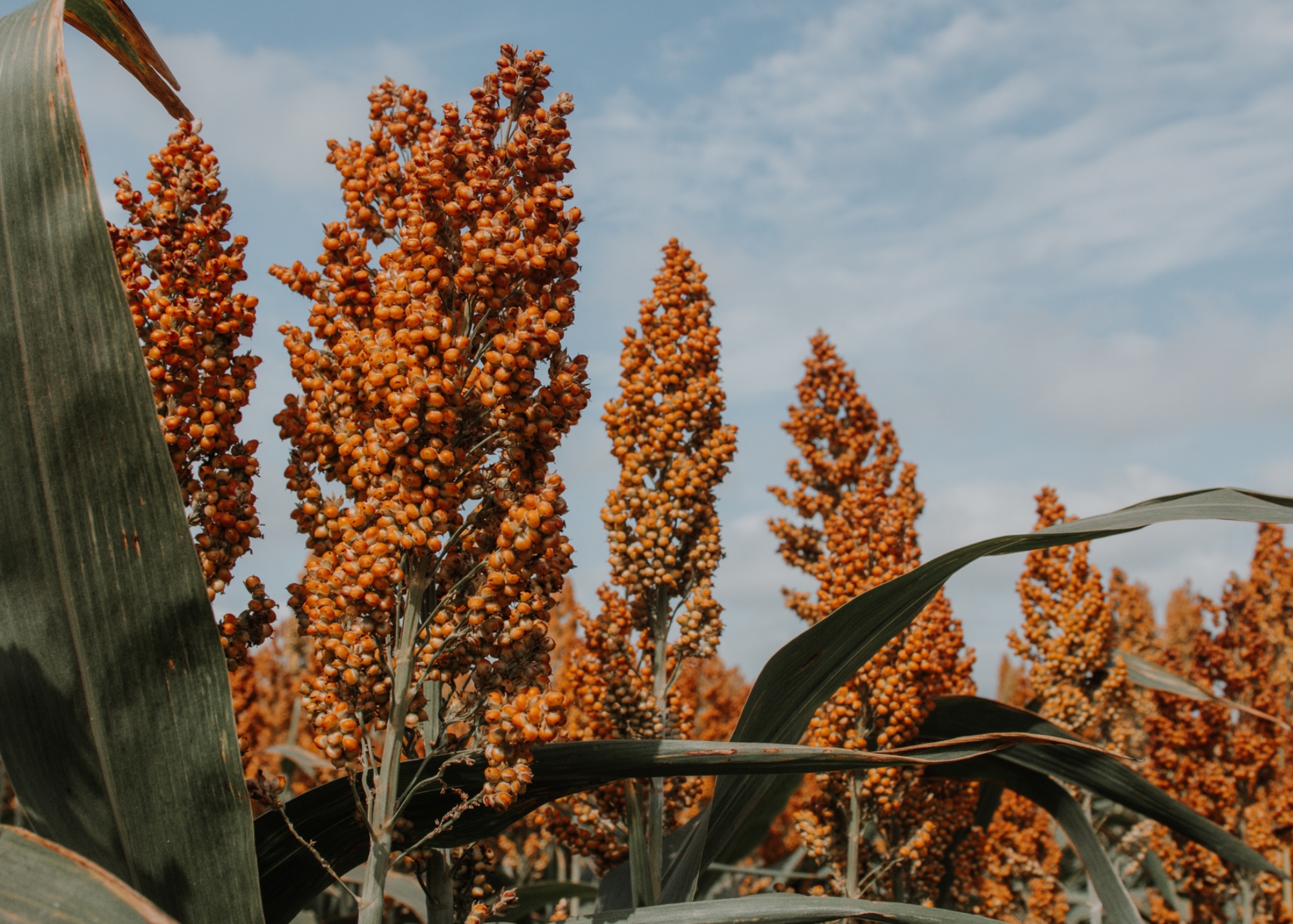Controlling grass in sorghum with iGrowth, Double Team and Inzentechnologies

For years, growers struggled to control grass in sorghum, and it was often cited as a reason to plant other crops.
There was a significant change in 2021 when iGrowth sorghum from Advanta was introduced to United States farmers. This was quickly followed in 2022 with Double Team Sorghum from S&W Seed. A third option, although seed is still somewhat limited, is Inzen Sorghum from Pioneer. Many sorghum growers are now using one of these technologies to successfully control grass.
As with any new technologies, there have been a few bumps in the road as these products have been introduced. The release of these technologies in 2021 coincided with widespread dry conditions across many parts of the sorghum belt, exacerbating challenges faced by farmers. Since then, seed companies have learned which hybrids have the best fit in different regions and environments.
I am often asked if there is a yield drag associated with these technologies and my answer is, it depends on the particular environment and the specific hybrid that is being grown. In independent trials, the yield results with these hybrids have been mixed. In these trials, some technology-traited hybrids have yielded in the top 25% of all entries, while others have lagged below the average yield of the trial. Although many of these technology-traited hybrids are competitive now, they will only get better as seed companies develop new hybrids.
Growers interested in planting any of these technology-traited hybrids should immediately contact their seed company. Companies tell me that the supply of iGrowth and Double Team seed should be adequate to meet the demand, but some of the more popular hybrids are getting tight. The supply of Inzen sorghum seed may be especially unavailable in some regions.
The second question that is often asked is how much does it cost to use these technologies? A good rule of thumb is to expect an additional cost of approximately $20 an acre. The actual cost will vary depending on the technology being used, as well as the seeding and herbicide rates. Although not cheap, the control of yield robbing grass makes the expense well worth it.
The herbicides being used in these technologies, ImiFlex, FirstAct and Zest, are all proven grass control products. Over the last four years, I have had the opportunity to review many grass trials with these products and can confidently say they all do a good job of controlling annual grasses. Almost all growers that I have talked to have been pleased with the performance of the herbicides.
As with any herbicide traited seed for any crop, stewardship of these technologies will be critical to prevent the development of resistant weeds. Now that we can control grass in sorghum, we all want these technologies to remain viable for many years to come.
Observe all stewardship guideline provided by the seed and herbicide companies. In addition, sorghumcheckoff.com has information that details stewardship of these technologies. Search “stewardship” to find this information.



